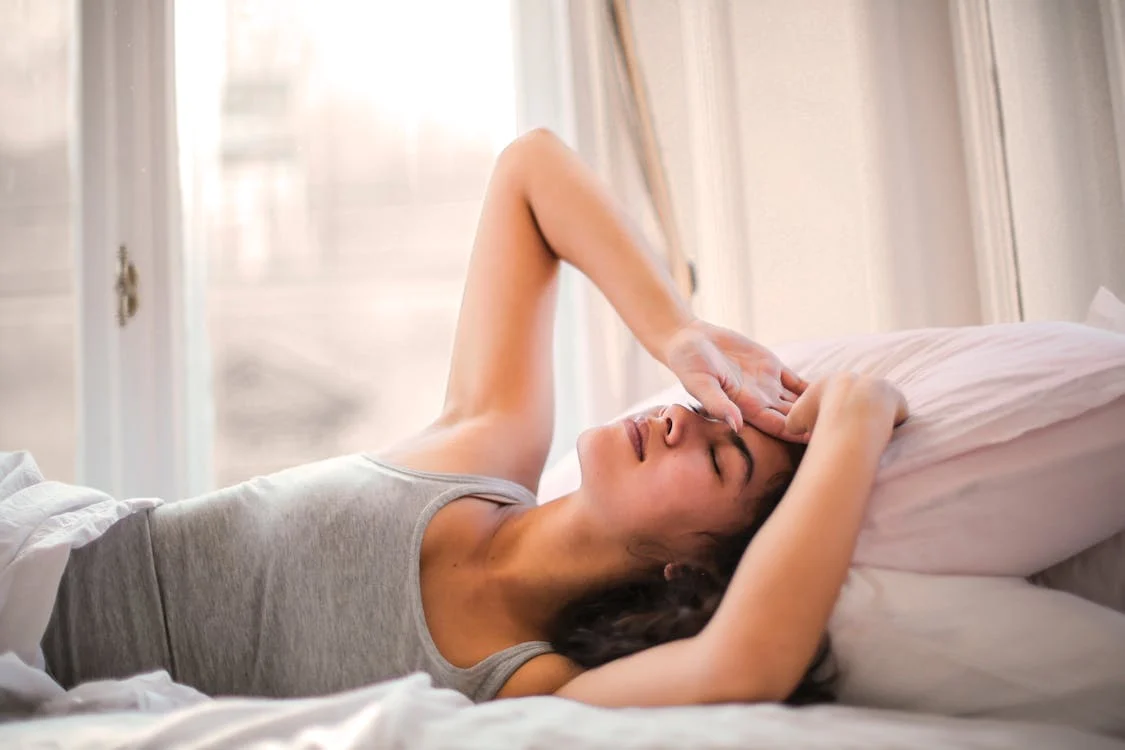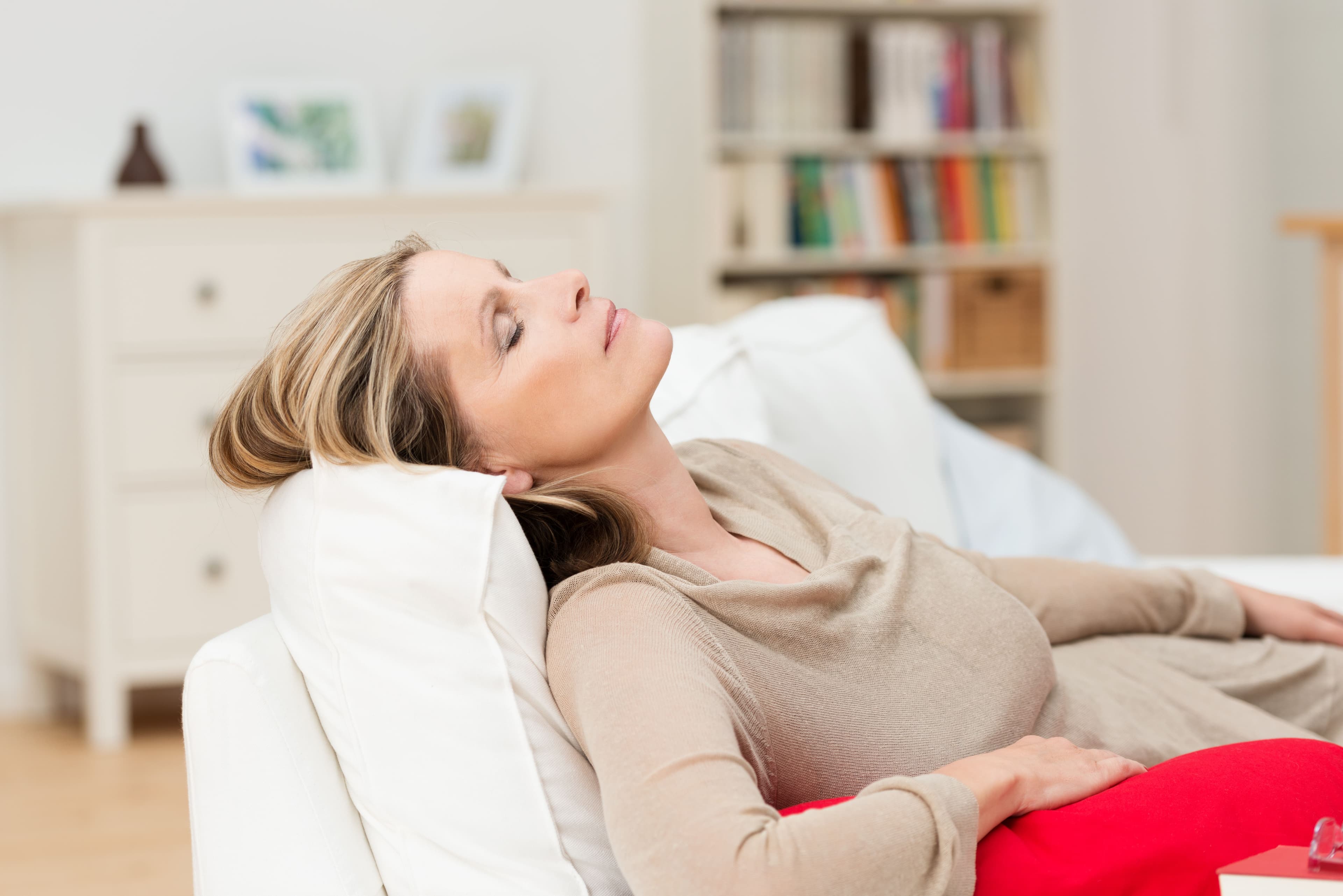Headaches are one of the most common ailments people face, with causes ranging from stress and poor posture to underlying health issues. While medication is often a go-to solution, many are turning to natural remedies for relief. Massage therapy, even through massage chairs, known for its ability to ease tension and promote relaxation, has emerged as an effective method to tackle headaches. Let’s understand whether massage can truly relieve headaches, the science behind it, and practical tips for finding natural relief during stressful periods.
Can massage relieve headaches?
Massage therapy is increasingly recognised as a natural and effective solution for alleviating headaches. By targeting muscle tension and stress, massage addresses two of the most common causes of headaches, particularly tension pains and migraines. Techniques such as gentle kneading and applying pressure to specific trigger points in the neck, shoulders, and scalp can provide immediate relief. Over time, regular massage can reduce the frequency and severity of headaches by improving circulation, releasing built-up tension, and fostering overall relaxation. Massage is also beneficial for managing chronic headaches when used alongside other therapies.
About headaches - types and triggers
Different types of pain can arise from numerous factors, and understanding their triggers is important if you want an effective management:
- Tension headaches - often stem from stress, poor posture, or prolonged muscle strain, resulting in a tight, band-like sensation around the head;
- Migraines - these intense headaches are triggered by hormonal imbalances, specific foods (such as aged cheese or chocolate), or environmental stimuli like bright lights or strong smells;
- Cluster headaches - rare but excruciating, these occur in cyclical patterns and are often triggered by alcohol, smoking, or disruptions in sleep.
As you can see, by identifying your headache type and its cause, you can better tailor massage and other remedies for optimal relief.
How does massage help with headache relief
Massage provides a multifaceted approach to headache relief. It helps by releasing muscle tension as chronic tightness in the neck, upper back, and scalp often triggers headaches, and massage works to relax these areas. Moreover, by boosting circulation because improved blood flow reduces inflammation and delivers oxygen and nutrients to tense muscles, which can help soothe pain. Massage also lowers stress levels by reducing cortisol, the stress hormone, while boosting endorphins, natural mood elevators that can counteract headache triggers. Certain massage therapy can stimulate acupressure points. Applying targeted pressure activates points on the body known to relieve pain and promote relaxation.

Full body massage has multiple benefits and can help relieve acute or persistent headaches
Also, by combining physical and mental benefits, massage provides a holistic approach to tackling the most common types of headaches.
Best massage techniques for headaches
Different massage techniques are highly effective in managing headaches, as they specifically target the muscles, nerves, and trigger points that often contribute to pain.
For example, we have:
Scalp massage
This method focuses on reducing tension in the scalp, which can often feel tight or sore during a headache. Using circular motions with fingertips boosts blood flow to the area, nourishing the muscles and promoting relaxation. Scalp massage is particularly effective for migraines or tension headaches.
Neck and shoulder massage
These regions often store tension caused by poor posture, prolonged sitting, or stress. Gentle kneading and pressure application in these areas can release tight muscles that radiate pain upwards to the head, making it ideal for tension headaches.
Trigger point therapy
This involves locating and applying focused pressure to “knots” or specific points in the muscles that contribute to pain. Trigger points in the neck, shoulders, or upper back can be released to alleviate referred pain that contributes to headaches.
Temple massage
By gently massaging the temples in circular motions, you can relax the forehead muscles and reduce the strain around the eyes. This technique is particularly helpful for stress-induced headaches or sinus pressure.
Each of these techniques can be personalised to suit the individual’s headache type, frequency, and severity. Combining these methods with breathing exercises, aromatherapy, a full-body massage chair or a warm compress can further enhance their effectiveness.
Complementary remedies to enhance headache relief
As already outlined, massage works even better when paired with complementary remedies:
- Aromatherapy: essential oils like lavender, peppermint, or eucalyptus can be applied during or after a massage to enhance relaxation and reduce headache symptoms;
- Hydration: dehydration is a common headache trigger, so drinking water before and after massage sessions is a good practice;
- Stretching and posture exercises: gentle stretches for the neck and shoulders can prevent tension buildup, while improving posture reduces strain;
- Cold or warm compresses: applying heat to relax tense muscles or a cold pack to reduce inflammation can amplify the effects of massage.
Try a heated full body massage chair with zero gravity position
For a state-of-the-art headache relief experience, a heated full-body massage chair offers unparalleled benefits. These chairs come equipped with various settings, such as targeted neck and shoulder massage, which is ideal for alleviating headache triggers. Heat therapy enhances muscle relaxation, while the zero-gravity position aligns the body to reduce spinal pressure, improving circulation and promoting overall relaxation. Using a massage chair regularly can provide consistent relief, allowing you to manage headaches effectively while enjoying the convenience of home therapy.
